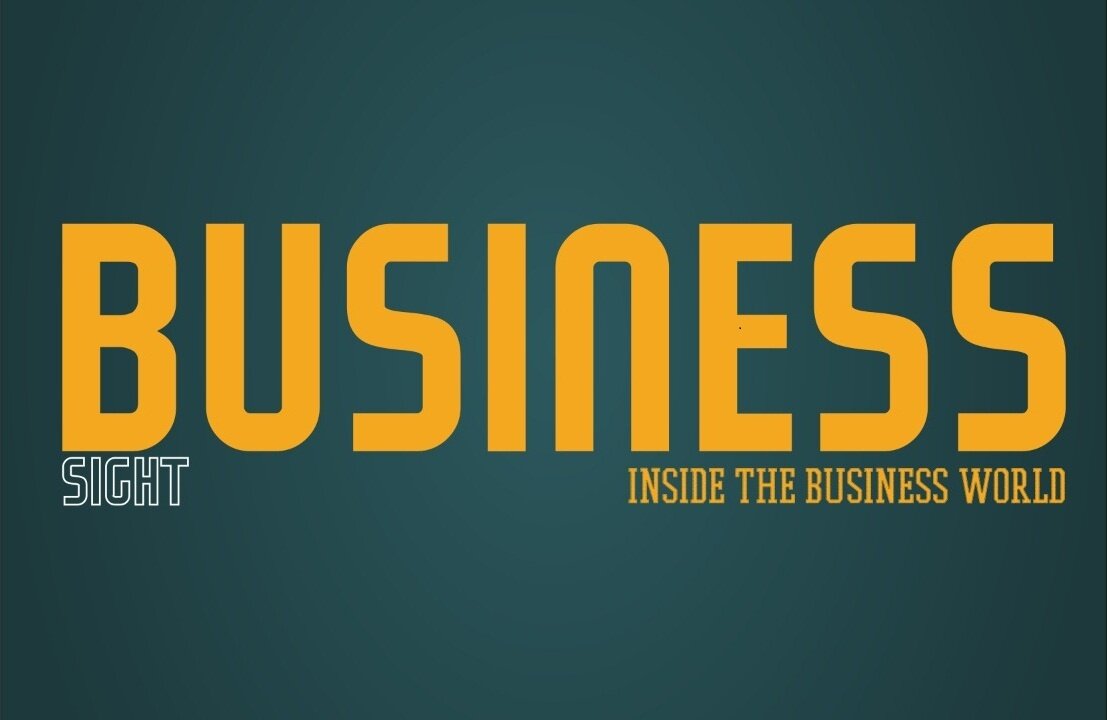A lot of times Mobile, flexible work forces is considered a panacea, which it is not. While it has its own set of challenges, there are undeniable benefits. For us at Pin Click, the distributed work force allows us to hire from different cities, build a larger talent pool and allows people to associate with us long term while staying close to their home towns. However, with it this brings challenges of distributed overheads, cultural issues between branches, complex planning and more – a bane for HR and the business team.
It is easier in company of remote-working writers and coders, where there’s lesser need for synchronous teamwork, but industries or verticals like sales – it gets a bit messier. Either way, the challenge remains the same: getting full visibility of your team to plan and collaborate more effectively across different sites and time zones.
So how do you solve it?
Overlap Basecamp’s Jason Fried and David Hienemeier Hansson suggest aiming for at least a four-hour overlap of synchronous working a day between team members. This time allows you to prioritise and focus on the tasks that have to be completed together. Remember those 1 year MBA courses with the incoming and outgoing batch having 7 days of overlap.
Be there, often & know who is where
Whether your team is spread across the cities or working out of one office, knowing about where your folks are and what tasks they are involved into is vital. In this some of the recent apps which not only tracks the holidays etc but also real time location of employees (especially for sales teams or logistics team) can be truly helpful. Similarly you can build you own technology to communicate the whereabouts – In Pin Click, the sales team is supposed to login and update the presence in a meeting so that telesales team doesn’t trouble them at that time with calls. These can be in house built software or softwares like Lync which just updates the status of an individual like available, away, meeting etc.
Communicate
The most effective collaboration can happen only when the communication lines are always open, a distributed workforce, in particular, needs to over communicate, so you need the right tools for the job.
After a brainstorming session over Skype, for instance, share your notes with everyone who’s involved on that project with something like Basecamp, and update it if a couple of you then revise your ideas over chat. After meetings in Marketing, we use Asana to ensure all details are quickly shared, accessible to all and easy to search for.
Meetings
You can complement this with a daily or weekly review meeting with a softphone, or a video conferencing app like Skype or Google Hangouts, to see what’s been done, who’s doing what and to ensure that no one’s bearing the brunt of the work. Depending on the verticals and type of business the frequency of the meetings could wary.
File sharing and storage
Cloud-based apps like Dropbox and Google Drive allow you to share and archive files and they ensure that everyone is always working off the latest version of a document.
The challenge, therefore, is not just knowing where your staff are and what they’re doing, but also encouraging a culture of collaboration.
With a smarter approach and the right tools you create a more effective team, moving from administration and management to strategy and leadership.
For More Details:
About the Author : Manik Kinra (Co-Founder at Pin Click)
https://pinclick.com/











